Mammals
More than 90 species of mammals can be found throughout the state of Georgia. They range in size from the tiny pygmy shrew found in the Appalachian Mountains to the enormous North Atlantic right whale off the coast. Nearly half of the mammal species in Georgia are rodents and bats, and roughly a half-dozen mammal residents are listed as threatened or endangered. These include several species of bats, marine mammals, and even the Appalachian cottontail, a smaller cousin of the more familiar Eastern cottontail.
What Makes Mammals Unique
>> They are endothermic (warm-blooded, can regulate body temperature)
>> They give live birth (except for echidnas and platypuses)
>> Drink milk from mothers
>> Have fur
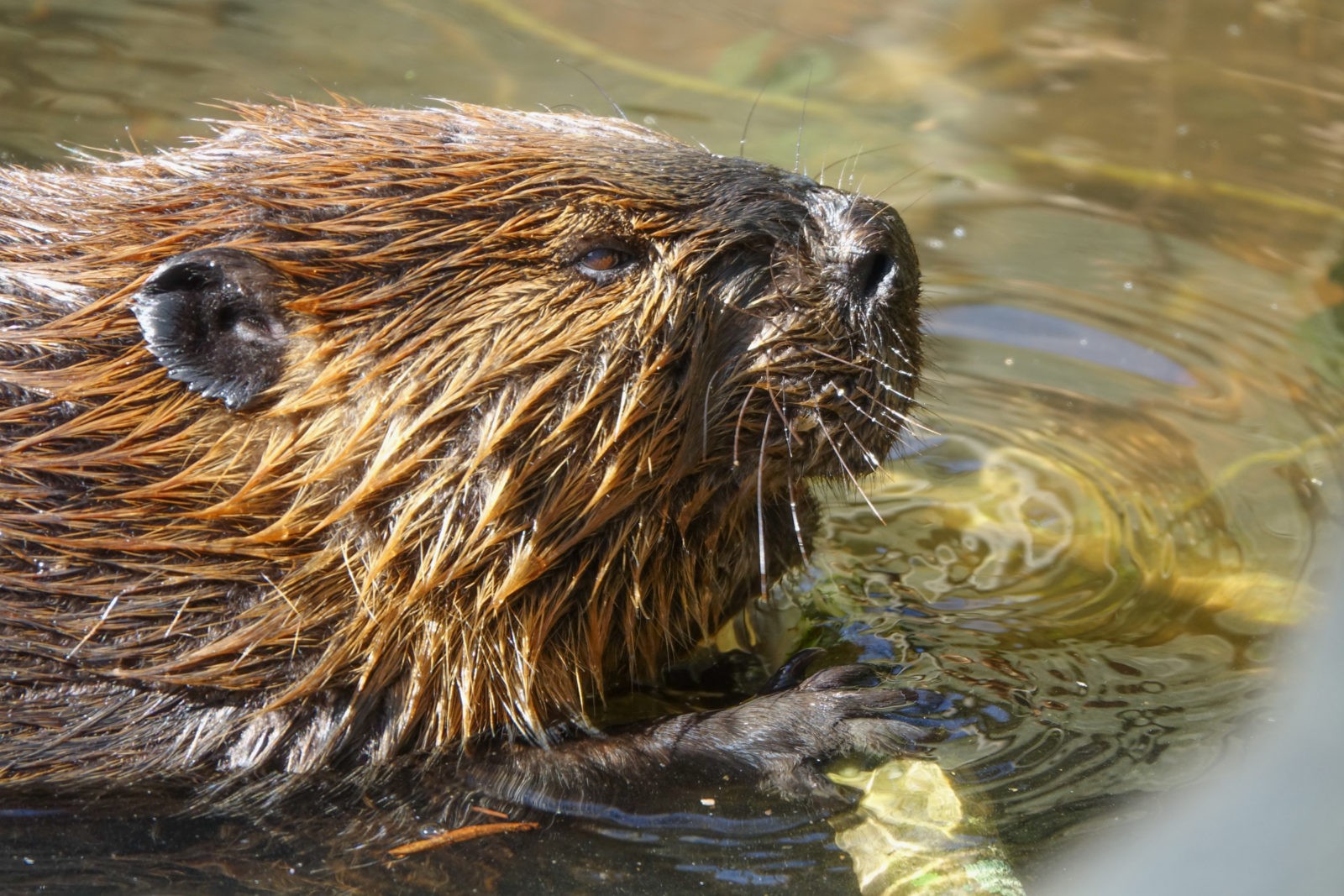
Can you believe it cost CNC close to $38,000 a year to feed and care for all of our animals?
Meet our Mammals
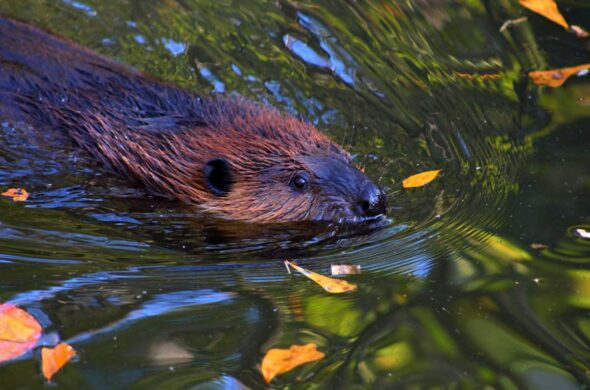
BEAVER: Castor canadensis
Annual food cost: $300
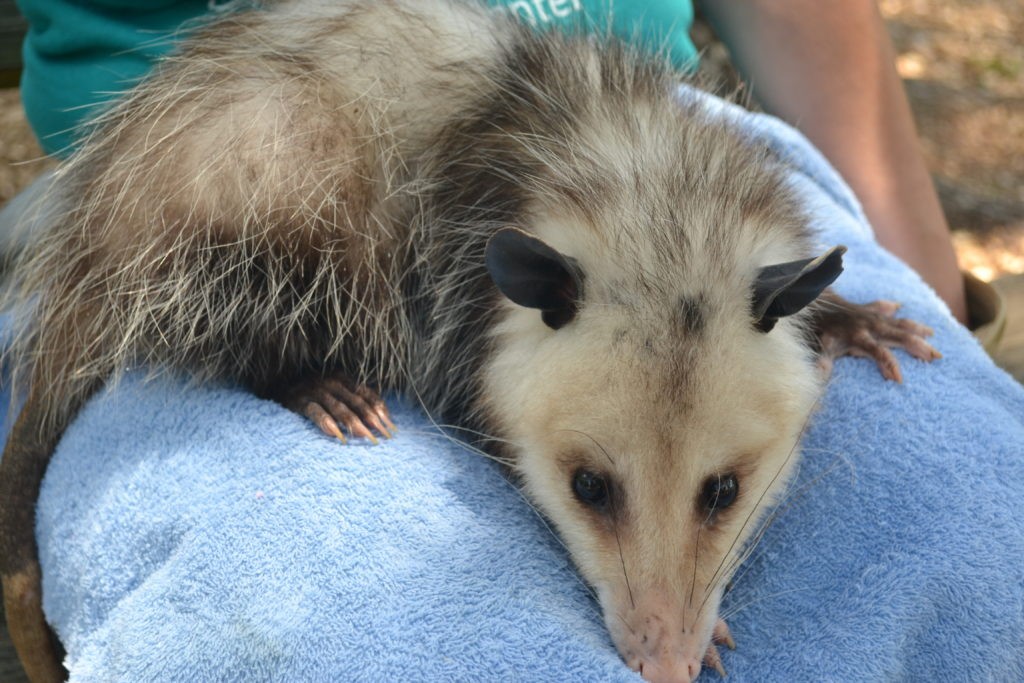
VIRGINIA OPOSSUM: Didelphis virginiana
The smaller opossum arrived in rehab when she was found alone in the wild. She was placed with unrelated juveniles who were the same age and size. However, a few weeks later she quit growing and gaining weight at the same rate as her cage mates. She is physically developmentally delayed due to a suspected congenital metabolic issue.
Annual food cost: $375
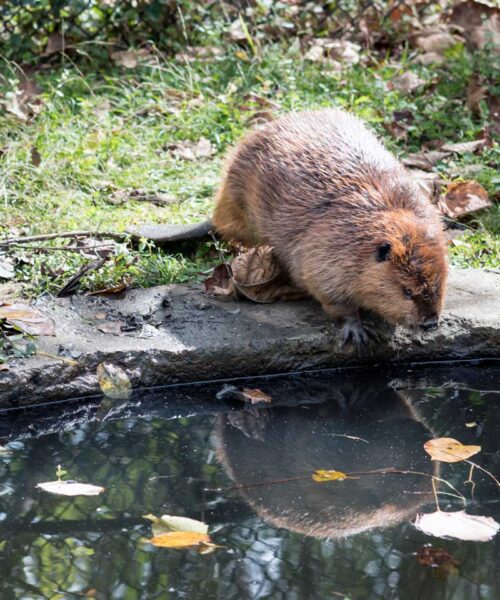
Life of a beaver
Beavers live in family groups or colonies that include a breeding pair and four or five offspring which range in age from newborns to two years. At the age of two, kits (young beavers) leave their parents’ lodge and establish colonies of their own. In poor habitats, where new colonization sites are limited, the kits may stay with their parents longer. During this time, the young learn valuable skills from their parents while contributing to the colony’s work force. This social structure is important because of the methods beavers use to ensure their survival require a great deal of skill, strength and cooperation among family members.
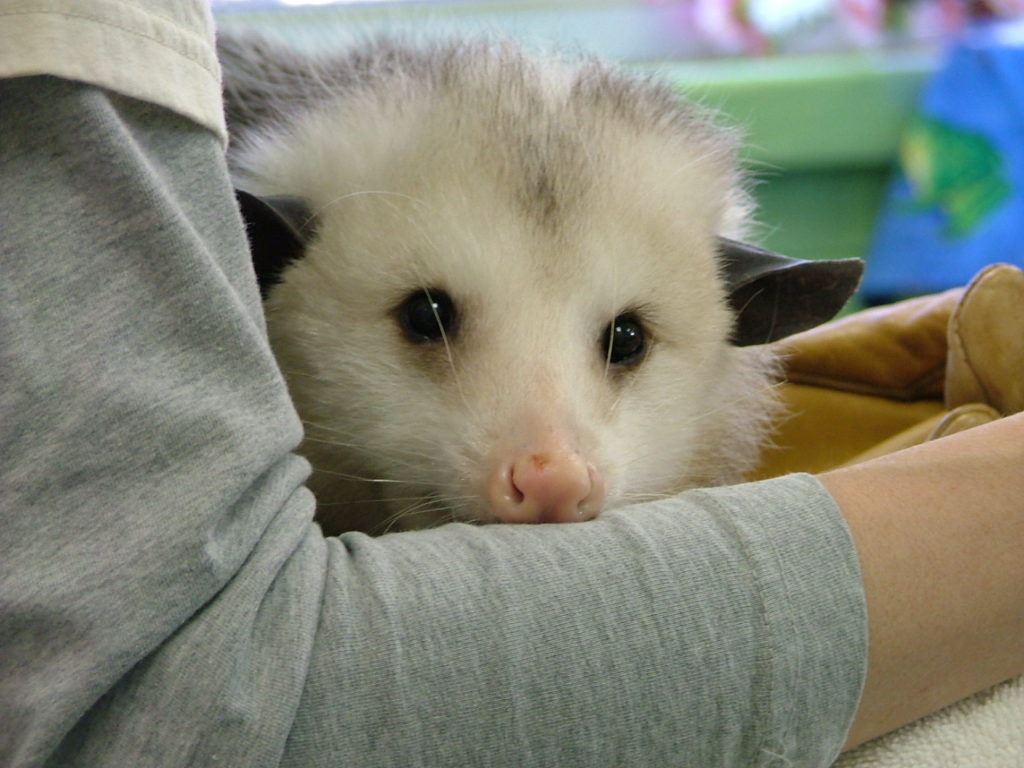
Life of an Opossum
Opossums’ body temperature is 94˚F – 97˚F. Because the rabies virus does not survive for long in animals with body temperature under 98˚F, it is exceptionally rare for an opossum to carry the virus. They are true omnivores and can eat anything that fits into their mouths. In urban areas, one of their favorite prey items is cockroaches! However, they are quite short-lived, surviving an average of 2 years in the wild and 3-4 years in captivity.
